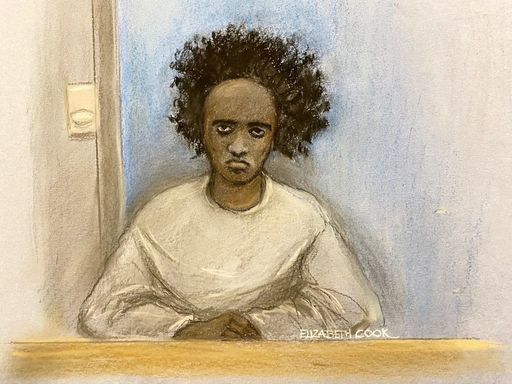Now that the Southport killer Axel Rudakubana has been sentenced for his horrific crimes, we can try to understand how he was free to kill, and what can be done to stop crimes like this in the future. Between 2019 and 2021, this young man was referred three times to Prevent, the counter-extremism programme. On each occasion they took no further action.
Yesterday the government released a redacted version of the ‘learning review’ conducted by Prevent, carried out in the wake of Rudakubana’s attack. It’s a limited piece of work, and far from the full public inquiry we need. The reviewer wasn’t able to interview anyone involved, so limited their investigation to information stored on Prevent’s database. As is often the way with official documents, it’s heavy going, but there are some disturbing details within it, which point to serious failures and incompetence.
If violent behaviour is apparently no more concerning than being rude about a politician, something is wrong
We read that Rudakubana was first referred to Prevent, aged 13, in December 2019. The referral was made by a teacher at Acorns School, Ormkirk, where he was a pupil. Rudakubana had only recently joined the school, having been expelled from Range High School in October 2019, for bringing a knife in. In November, already at Acorns, Rudakubana researched school shootings and was seen punching both himself and the ceiling. He make graphic remarks to other pupils about people hurting themselves and about a drill bit killing someone. This all seems disturbing enough, but it seems to be his language in early December which triggered the Prevent referral.
On 4 December 2019 Rudakubana apparently used ‘inappropriate language’. He said that Nicola Sturgeon ‘looked like a retard’. He also ‘asked a teacher about their sexuality’ and accused ‘his key worker of being sexist, racist and homophobic’. Now the school sprang into action, arranging an ‘emergency meeting’ with Rudakubana’s family. The meeting was supposed to include social care and the police community safety partnership but they declined to attend because Rudakubana was too high risk for the cases they usually dealt with.
There has been evidence for a while that Prevent may be blinded by bias, with only 11 per cent of referrals to the organisation being Islamist in nature (when around 75 per cent of MI5’s caseload is Islamists) – and if this is the sort of referral they receive it’s easy to see why. If violent behaviour and an obsession with violence is apparently no more concerning than being rude about a Scottish politician, something is wrong.
While Rudakubana’s first review was being considered, he returned to Range High School with a hockey stick and knife and attacked another pupil before being arrested. On 17 December, Merseyside police informed the Prevent group considering Rudakubana’s case. The report becomes quite heavily redacted at this stage, but we learn that there were concerns about his home environment and relationship with family members. In fact, these concerns were so great that a formal investigation was underway as a child was believed to be at risk of significant harm.
Rudakubana did not seem to have a clear ideology, and this appears to have deterred Prevent from continuing to work with him. This may have been exacerbated by the Prevent team’s apparent failure to review Rudakubana’s search history, or examine his devices, simply relying on what had been reported to them. The reviewer is clear. ‘There was sufficient information to refer this case…especially given [Rudakubana’s] age and complex needs.’ But nothing was done.
When he was next referred to Prevent in February 2021, it was because a pupil at his old school had seen worrying social media posts by Rudakubana and reported them to a teacher. These screenshots were apparently shared with Prevent but neither we nor the reviewer know what they contained as the computer system ‘was not capable of handling file uploads at that time’. The person completing the records managed to misspell Rudakubana’s name, but this apparently did not prevent them from identifying his prior referral.
Again there seems to have been a lack of professional curiosity. No one spoke directly with the person who made the referral. The Prevent staff member was unable to locate the social media posts online and didn’t speak to Rudakubana’s parents. The investigation was closed.
The final Prevent referral, on 26 April 2021, seems to have been cursory at best. The referral itself was labelled as ‘knee jerk’, and it appears that the Prevent employee who completed it copied and pasted substantial content from the second referral.
Don’t worry though. The report concludes that ‘overall, the reviewer considers there to have been a high level of compliance by the Prevent officers with process timescales, assessment completion and adherence to policy.’ Although it does concede that there were problems with ‘subjective decisions’. Frankly, if complying with policy results in this level of failure, with three girls dead, then that policy needs to change.
The reviewer has identified that Prevent struggled with the fact that Rudakubana had no clear ideology motivating his violent extremism, and recommends that in future Prevent be more open to referring people who have ‘unclear ideological motivations’. The report also identifies that it has not considered mental health interventions, and recommends further work be done.
We need more. A full public inquiry is required to review all the evidence, interview the relevant people, establish why Rudakubana’s obvious and dangerous extremism was left to fester until he murdered innocent children.







Comments